The residence of Goh Seng Choo stands proudly in Tianyang Natural Village, Xiadu Community, Liucheng Street, Nan'an City. Erected in 1939 and substantially completed by 1941, this architectural gem was commissioned by Goh Seng Choo , an overseas Chinese hailing from Singapore. Reflecting the timeless charm of traditional Minnan-style architecture, it boasts red brick walls, blue-tiled roofing, five spacious bays, and a robust, mountain-like apex. Adorned with swallowtail ridges and featuring a sturdy through-tenon wooden frame, the residence is oriented to the west, offering captivating vistas to the east. Encompassing an area of over 450 square meters, including a sprawling stone terrace at the entrance extending to more than 600 square meters, the building stands as a testament to the enduring legacy of craftsmanship from the Republic of China era. Its intricate stone, wood, and brick carvings, along with meticulously preserved calligraphy by esteemed scholars from the late Qing Dynasty, imbue it with profound historical and cultural significance. Recognizing its importance, the People's Government of Nan'an City accorded it the prestigious status of immovable cultural relic in 2012.
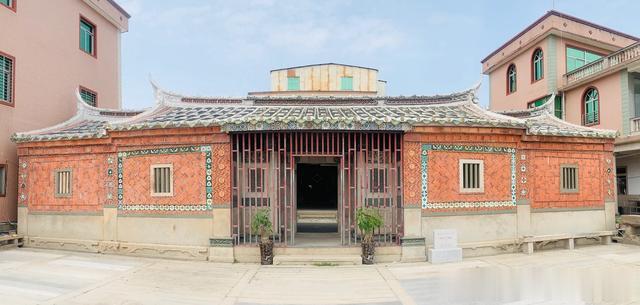
From May to June 2022, a relentless period of heavy rainfall wreaked havoc in Xiadu, inflicting significant damage upon the ancestral residence of Goh Seng Choo. Strong winds and rainstorms dislodged sections of the blue-tiled roofing, precipitating severe water leakage. Prolonged exposure to rainwater led to extensive cracking and collapse of certain mud walls, posing an imminent threat of structural failure. In a bid to protect this cultural relic from further degradation, descendants of Goh Seng Choo swiftly coordinated emergency reinforcement and protective repairs, culminating in the completion of restoration works by May 2023. However, on the morning of July 29, 2023, the recently restored residence confronted yet another ordeal as it succumbed to floodwaters, rising to depths of approximately 2 meters, triggered by the formidable typhoon "Du Su Rui." Two adjoining rooms, alongside the corridor and segments of the front red brick wall, succumbed to the force of the deluge, resulting in considerable damage. Undeterred by this setback, the descendants of Goh Seng Choo remained resolute in their commitment to preserving this historical treasure. Once more, they rallied efforts to undertake meticulous restoration endeavors, with the aim of reinstating the ancestral residence to its former glory by the eve of the Chinese New Year in 2024, thereby safeguarding its original architectural allure.
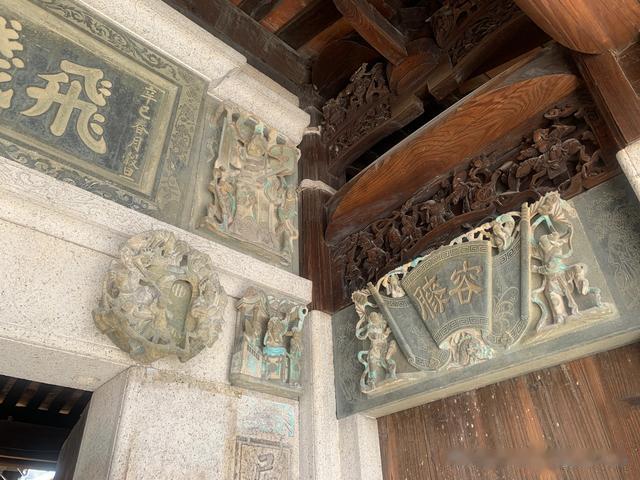
The ancestral residence of Goh Seng Choo bears both historical and revolutionary significance. During the Liberation War period, Chen Zelun (born in 1928, deceased in 2018, a native of Ximeilian, Tangtang), who served as the secretary of the Communist Party's Songling District Work Committee under the direct jurisdiction of Rongqiao Township in Jinnan, and Fu Weikui, alongside other underground party leaders, were actively involved in clandestine revolutionary activities spanning from Guanqiao to Rongqiao and its surrounding areas. Chen Zelun, in particular, spent prolonged periods stationed at Goh Seng Choo's ancestral residence, where he orchestrated and chaired secret party meetings, engaging in strategic discussions for the underground revolutionary cause. This persisted until the peaceful liberation of Nan'an County on August 21, 1949. During this era, Goh Seng Choo's nephew, Wu Xiaoquan, and his wife, Huang Ce, actively supported Chen Zelun and his associates in their underground revolutionary endeavors. Wu Xiaoquan undertook lookout duties and transmitted intelligence as instructed, while Huang Ce provided logistical support, ensuring provisions for the revolutionaries. In the early 1980s, during the implementation of Communist Party policies, Huang Ce was honored by the Nan'an County Old Revolutionary Area Office as one of the "Five Elders," specifically recognized as an "Old Contact Person."

Later, when Chen Zelun and others reminisced about the challenging revolutionary efforts undertaken in the vicinity of Goh Seng Choo's ancestral home in Xiadu, Rongqiao area, they commended the admirable spirit of support and active engagement in the underground revolutionary struggle displayed by Wu Xiaoquan and his wife, Huang Ce. They remarked:
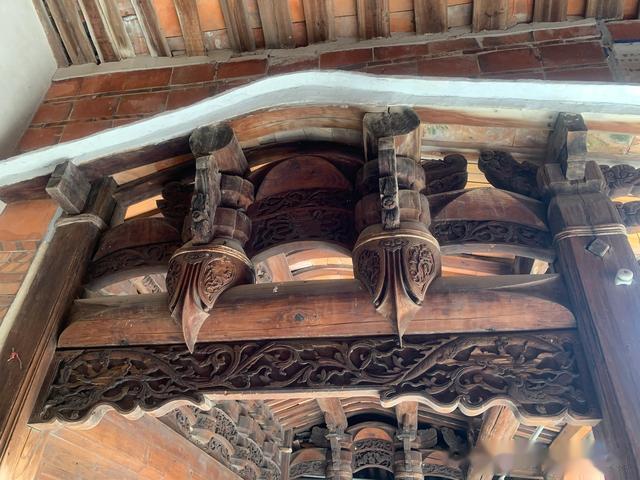
"If someone lacks a certain level of courage, who would dare designate a newly constructed mansion as a meeting point for revolutionary comrades? Under the oppressive White Terror regime of the Kuomintang at that time, if the revolution were to fail or be discovered by the enemy, the mansion would swiftly turn to ashes overnight."
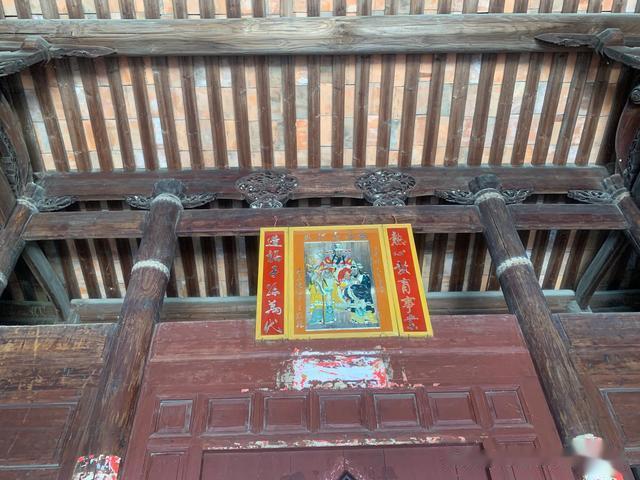
"At that time, when we convened meetings at the Wu family mansion, one can only imagine the extent of provisions Huang Ce provided, in terms of bushels of rice and millet."
"The contributions made by Wu Xiaoquan and Huang Ce's family were instrumental to the success of the revolution in Nan'an."
Since the establishment of the People's Republic of China, Wu Xiaoquan and Huang Ce have steadfastly supported the nation's revolutionary development and endeavors. During the 1950s and 1960s, they willingly offered their mansion to the Lotus Phoenix Brigade as an office space. Notably, the Rongqiao Commune's marriage registration office was also housed there. Throughout the "Battle of Guningtou" era and beyond, the People's Liberation Army frequently utilized the Goh Seng Choo residence for military drills, preparations, and rest periods. In 1956, when the Rongqiao Elementary School collapsed due to flooding, the Goh Seng Chooresidence's hall and three rooms were repurposed as temporaryrooms. In the early 1970s, it served as a temporary educational facility for the "Wuqi" cadre school. Later in the 1970s, in a bid to support local education and alleviate the shortage of school buildings, they generously provided the hall and a spacious room asrooms for Xiadu Elementary School, earning praise from both the Party committee and government.
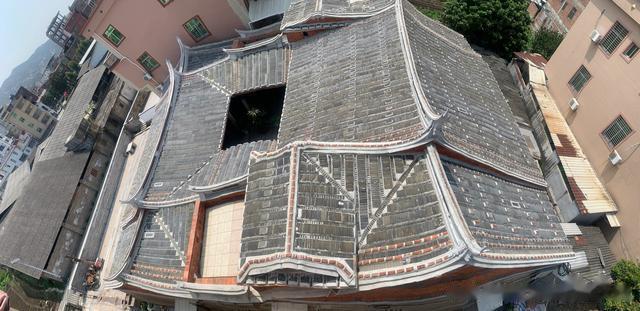
In the early 1980s, Goh Seng Choo responded to the calls of the local Party committee and government by contributing funds to the construction of school buildings for Rongqiao Middle School and Xiadu Elementary School in his hometown. In 1996, his sons, Goh Geok Chuan and Goh Geok Khim, along with their siblings, also donated five to six hundred thousand yuan towards the construction of the auditorium and school buildings for Rongqiao Middle School.
In 1979, Goh Geok Khim established "GK Goh Holdings " in Singapore, where he served as chairman, while his son, Goh Yew Lin, took on the role of president. The company specialized in financial operations, investment income, commissions, and brokerage in Singapore and Hong Kong. In 1990, the company went public on the main board of the Singapore Exchange, significantly impacting the financial sector of Singapore. After Goh Geok Khim retired from the company, he became chairman of the board of directors of the Temasek Foundation in Singapore. Since 2008, he has led numerous delegations to Beijing for coordination with the National Development and Reform Commission and has participated in various philanthropic activities in central and western regions of China, including Beijing, Shanghai, Suzhou, Heilongjiang, Liaoning, Henan, Shaanxi, Inner Mongolia, Sichuan, Yunnan, Guizhou, Guangxi, and Hainan, focusing on supporting education and healthcare.The Temasek Foundation in Singapore is a non-profit charitable organization established by Temasek Holdings, dedicated to contributing to the sustainable development of Asia and building a hopeful future for the people of Asia.
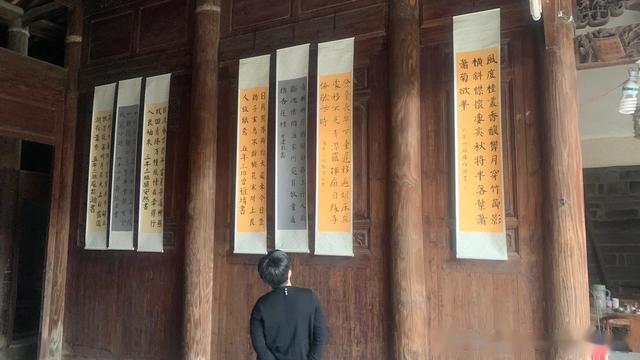
Presently, the Goh Seng Choo residence stands as a preserved structure, poised to be repurposed into the Goh Seng Choo Memorial Hall. Alternatively, it could serve as a hub for promoting Overseas Chinese culture, Red culture, and other educational initiatives. The space could be developed into a venue for patriotic education for youth, research on Overseas Chinese culture, exploration of Red culture, and the study of traditional Minnan architectural styles. Various public welfare activities, including reading lectures, calligraphy and painting salons, and rural handicraft workshops, could be organized periodically.
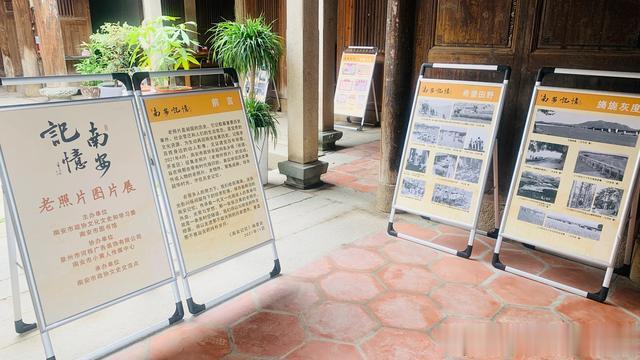
Next, there are plans to apply for the designation of the Goh Seng Choo residence as a cultural heritage conservation site in Nan'an City.
